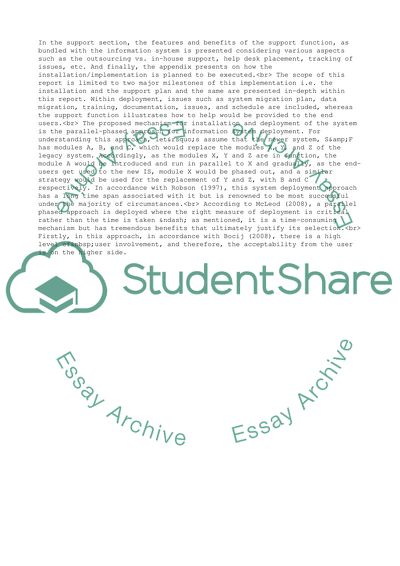Cite this document
(Scimitar and Frostie Management and Development Research Paper, n.d.)
Scimitar and Frostie Management and Development Research Paper. Retrieved from https://studentshare.org/business/1737815-post-implementation-issues
Scimitar and Frostie Management and Development Research Paper. Retrieved from https://studentshare.org/business/1737815-post-implementation-issues
(Scimitar and Frostie Management and Development Research Paper)
Scimitar and Frostie Management and Development Research Paper. https://studentshare.org/business/1737815-post-implementation-issues.
Scimitar and Frostie Management and Development Research Paper. https://studentshare.org/business/1737815-post-implementation-issues.
“Scimitar and Frostie Management and Development Research Paper”, n.d. https://studentshare.org/business/1737815-post-implementation-issues.


